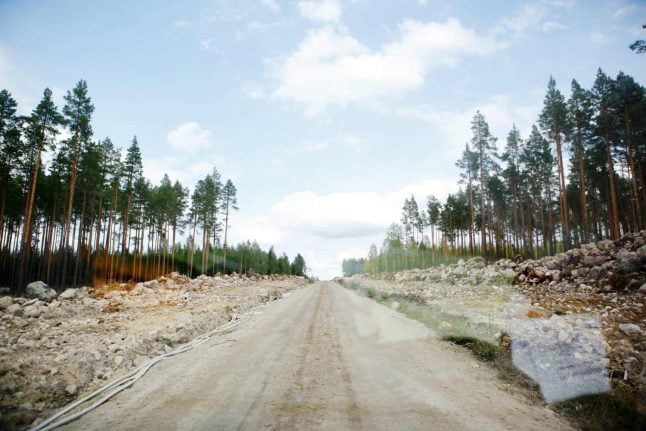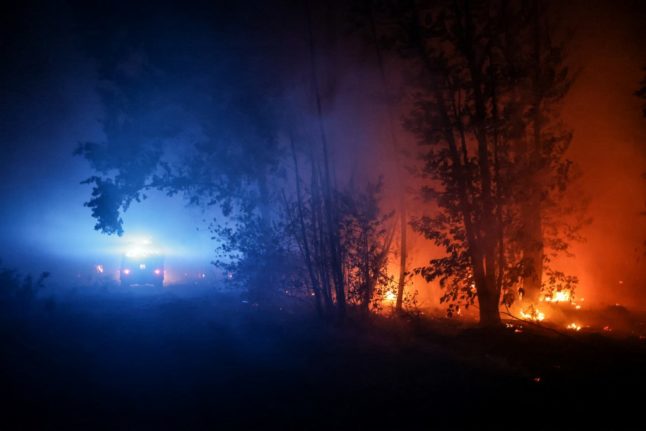Gävleborg, a county north of Stockholm which has seen particularly severe blazes, was continuing firefighting work without the use of support from aircraft, TT reports.
The Swedish Civil Contingencies Agency (Myndigheten för samhällsskydd och beredskaps, MSB) will now focus on the next stage of its work to extinguish fires after the night saw stabilisation of the situations in Jämtland and Dalarna as well as in Gävleborg, MSB’s deputy director Mikael Tofvesson said at a press conference on Sunday morning.
“We have received notification from Gävleborg that they do not need support from the air at this stage,” Tofvesson said.
Due high and increasing risk of wildfires in southern Europe, two French firefighting aircraft that have assisted with the Swedish efforts will now return home, the deputy director confirmed.
“The French aircraft will return home on Tuesday. Their last operational day will be on Monday,” he said.
Once fires are extinguished, responsibility for observation of the areas will be returned to landowners.
“We must also look at how we will manage the next phase. We are working on several levels to assess this issue and the related risks,” Tofvesson said.
County authorities in Västmanland, which suffered devastating forest fires in 2014, will meet with MSB to discuss its experiences with post-wildfire management, he added.
A blaze in Torslanda Municipality yesterday, however, showed that wildfires are still able to spread quickly given the right conditions. A bolt of lightning is thought to have set off the fire, which began spreading quickly in a new direction after a change in wind conditions.
In other parts of the country, as many as 27 wildfires were still active as of Sunday morning according to SOS Alarm, despite the much-needed rain that fell in some places on Saturday.
More rain is forecast on Sunday in some affected areas including Hälsingland, but for others, such as Älvedalen, the prognosis is more uncertain, meteorological agency SMHI said.
READ ALSO: Sweden wildfires spark criticism of forest industry



 Please whitelist us to continue reading.
Please whitelist us to continue reading.
Member comments